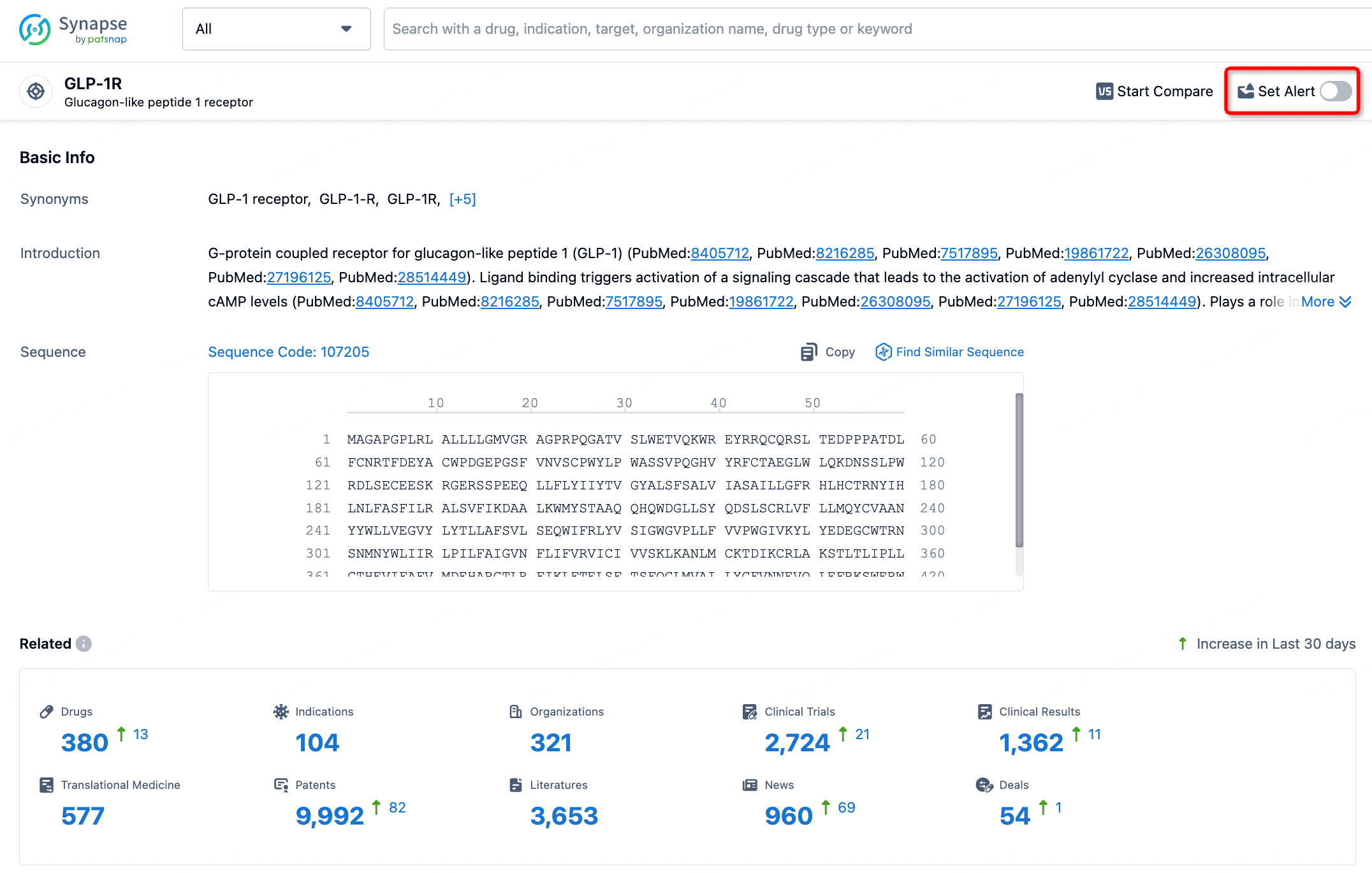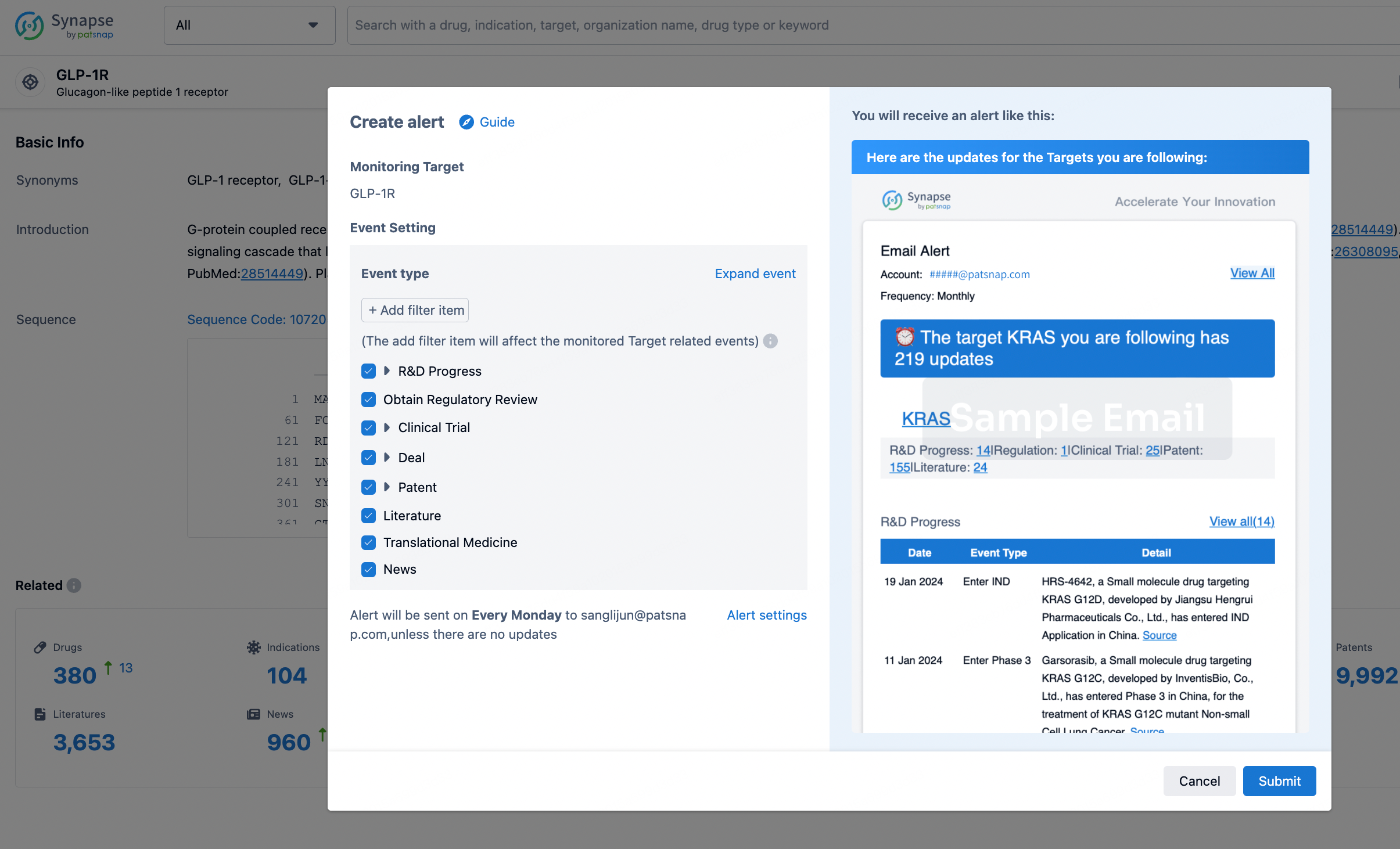Request Demo
What are BTN2A1 inhibitors and how do they work?
25 June 2024
In recent years, the field of immunotherapy has made remarkable strides, offering new hope for treating various diseases, particularly cancer. Among the many emerging targets in immunotherapy is BTN2A1, a molecule that has garnered significant attention for its role in immune regulation. BTN2A1 inhibitors are a class of therapeutic agents designed to modulate the activity of this protein, offering potential benefits in disease treatment. This blog post delves into the mechanisms, applications, and future prospects of BTN2A1 inhibitors.
BTN2A1, or Butyrophilin subfamily 2 member A1, is a protein expressed on the surface of immune cells, particularly T cells and dendritic cells. It belongs to the broader butyrophilin family, which is known to play a role in immune regulation. BTN2A1 is involved in the negative regulation of T cell activity, acting as a checkpoint molecule that helps maintain immune homeostasis. In essence, it serves as a braking mechanism for the immune system, preventing excessive immune responses that could lead to tissue damage or autoimmune diseases.
BTN2A1 inhibitors are designed to block the activity of this protein, thereby enhancing the immune response. By inhibiting BTN2A1, these agents aim to lift the "brakes" on the immune system, allowing it to mount a more robust attack against pathogens or cancer cells. This mechanism is somewhat analogous to the way checkpoint inhibitors like PD-1 and CTLA-4 inhibitors work, although BTN2A1 operates through distinct pathways and interactions.
BTN2A1 inhibitors work by binding to the BTN2A1 protein, thereby preventing it from interacting with its natural ligands. This blockade disrupts the inhibitory signals that BTN2A1 transmits to T cells. In the absence of these signals, T cells become more active and are better able to proliferate and attack target cells, such as cancer cells or infected cells. The enhanced T cell activity can thus contribute to a more effective immune response.
The development of BTN2A1 inhibitors involves sophisticated techniques, including the use of monoclonal antibodies or small molecule inhibitors that specifically target the BTN2A1 protein. Researchers utilize various screening methods to identify potential inhibitors and assess their efficacy and safety in preclinical studies. Once a promising candidate is identified, it undergoes rigorous testing in clinical trials to determine its therapeutic potential and any associated risks.
The primary application of BTN2A1 inhibitors is in cancer immunotherapy. Cancer cells often exploit immune checkpoint molecules like BTN2A1 to evade immune detection and destruction. By inhibiting BTN2A1, these therapeutic agents can restore the immune system's ability to recognize and kill cancer cells. Early studies have shown promise in various types of cancer, including melanoma, lung cancer, and colorectal cancer.
In addition to cancer, BTN2A1 inhibitors may have potential applications in infectious diseases. Certain pathogens, such as viruses and bacteria, can manipulate immune checkpoint pathways to evade the host immune response. By targeting BTN2A1, it may be possible to enhance the immune system's ability to combat these infections, although this area of research is still in its infancy.
Autoimmune diseases are another potential area of interest. While the primary goal of BTN2A1 inhibitors is to enhance immune activity, modulating this pathway could offer insights into the balance between immune activation and suppression. Careful titration and targeted application could potentially benefit conditions where immune regulation is disrupted.
In conclusion, BTN2A1 inhibitors represent an exciting frontier in immunotherapy, offering new avenues for treating cancer and possibly other diseases. By targeting a novel checkpoint molecule, these agents hold the potential to complement existing therapies and provide new treatment options for patients. As research progresses, we can expect to learn more about the full spectrum of their applications and the best ways to harness their therapeutic potential.
BTN2A1, or Butyrophilin subfamily 2 member A1, is a protein expressed on the surface of immune cells, particularly T cells and dendritic cells. It belongs to the broader butyrophilin family, which is known to play a role in immune regulation. BTN2A1 is involved in the negative regulation of T cell activity, acting as a checkpoint molecule that helps maintain immune homeostasis. In essence, it serves as a braking mechanism for the immune system, preventing excessive immune responses that could lead to tissue damage or autoimmune diseases.
BTN2A1 inhibitors are designed to block the activity of this protein, thereby enhancing the immune response. By inhibiting BTN2A1, these agents aim to lift the "brakes" on the immune system, allowing it to mount a more robust attack against pathogens or cancer cells. This mechanism is somewhat analogous to the way checkpoint inhibitors like PD-1 and CTLA-4 inhibitors work, although BTN2A1 operates through distinct pathways and interactions.
BTN2A1 inhibitors work by binding to the BTN2A1 protein, thereby preventing it from interacting with its natural ligands. This blockade disrupts the inhibitory signals that BTN2A1 transmits to T cells. In the absence of these signals, T cells become more active and are better able to proliferate and attack target cells, such as cancer cells or infected cells. The enhanced T cell activity can thus contribute to a more effective immune response.
The development of BTN2A1 inhibitors involves sophisticated techniques, including the use of monoclonal antibodies or small molecule inhibitors that specifically target the BTN2A1 protein. Researchers utilize various screening methods to identify potential inhibitors and assess their efficacy and safety in preclinical studies. Once a promising candidate is identified, it undergoes rigorous testing in clinical trials to determine its therapeutic potential and any associated risks.
The primary application of BTN2A1 inhibitors is in cancer immunotherapy. Cancer cells often exploit immune checkpoint molecules like BTN2A1 to evade immune detection and destruction. By inhibiting BTN2A1, these therapeutic agents can restore the immune system's ability to recognize and kill cancer cells. Early studies have shown promise in various types of cancer, including melanoma, lung cancer, and colorectal cancer.
In addition to cancer, BTN2A1 inhibitors may have potential applications in infectious diseases. Certain pathogens, such as viruses and bacteria, can manipulate immune checkpoint pathways to evade the host immune response. By targeting BTN2A1, it may be possible to enhance the immune system's ability to combat these infections, although this area of research is still in its infancy.
Autoimmune diseases are another potential area of interest. While the primary goal of BTN2A1 inhibitors is to enhance immune activity, modulating this pathway could offer insights into the balance between immune activation and suppression. Careful titration and targeted application could potentially benefit conditions where immune regulation is disrupted.
In conclusion, BTN2A1 inhibitors represent an exciting frontier in immunotherapy, offering new avenues for treating cancer and possibly other diseases. By targeting a novel checkpoint molecule, these agents hold the potential to complement existing therapies and provide new treatment options for patients. As research progresses, we can expect to learn more about the full spectrum of their applications and the best ways to harness their therapeutic potential.
How to obtain the latest development progress of all targets?
In the Synapse database, you can stay updated on the latest research and development advances of all targets. This service is accessible anytime and anywhere, with updates available daily or weekly. Use the "Set Alert" function to stay informed. Click on the image below to embark on a brand new journey of drug discovery!
AI Agents Built for Biopharma Breakthroughs
Accelerate discovery. Empower decisions. Transform outcomes.
Get started for free today!
Accelerate Strategic R&D decision making with Synapse, PatSnap’s AI-powered Connected Innovation Intelligence Platform Built for Life Sciences Professionals.
Start your data trial now!
Synapse data is also accessible to external entities via APIs or data packages. Empower better decisions with the latest in pharmaceutical intelligence.


